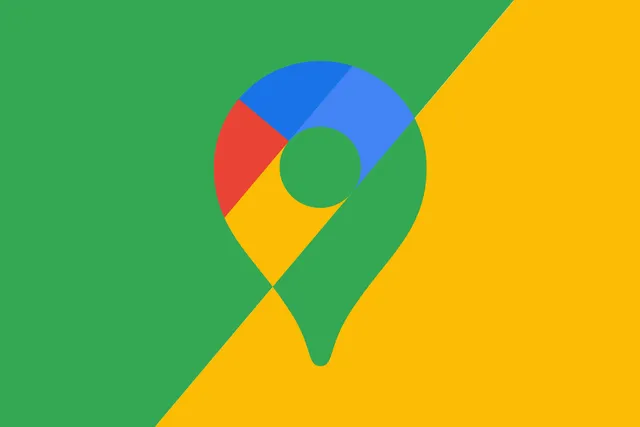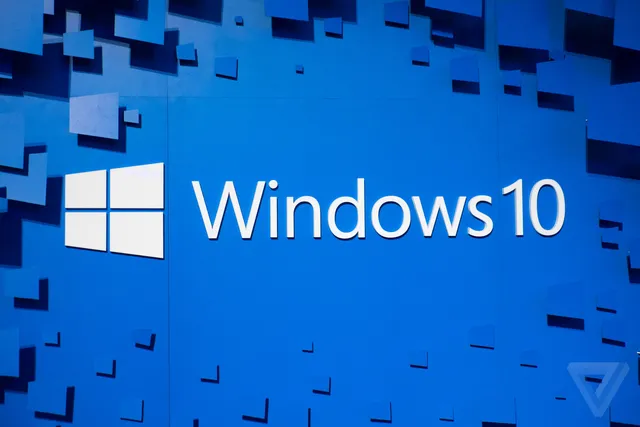
Google Maps has introduced exciting new features aimed at improving navigation for urban driving, enhancing the overall experience for millions of users. Announced on October 31, 2024, these enhancements focus on providing more detailed information and tailored guidance, making it easier for drivers to navigate complex city environments.
Key Features of the Update
- Real-Time Traffic Insights: One of the standout features of the update is real-time traffic analysis that helps drivers avoid congestion and find the fastest routes. Google Maps will provide predictive traffic data based on historical patterns and current conditions, allowing users to plan their journeys more effectively.
- Lane Guidance Enhancements: The new lane guidance feature offers clearer indications of which lane to be in at critical junctions and intersections. This is particularly useful in busy urban areas where lane changes can be tricky. Users will receive visual and audio prompts to ensure they stay on the correct path, reducing anxiety and the chances of last-minute lane changes.
- Detailed Street Information: The update includes enriched street-level data, offering users information about nearby amenities such as gas stations, restaurants, and parking options. This feature aims to make driving in cities less stressful by ensuring that drivers can easily locate essential services along their routes.
- Augmented Reality Integration: For those using Google Maps on mobile devices, augmented reality (AR) navigation will be further enhanced. Users will be able to see AR overlays of their surroundings, providing additional context and making it easier to identify landmarks and turn-by-turn directions visually.
User Experience and Safety
These enhancements are designed not only to streamline navigation but also to improve overall safety. By providing more information and clearer guidance, Google aims to help drivers make better-informed decisions while on the road. The integration of real-time updates means that users can adapt their routes dynamically based on traffic conditions, potentially reducing travel time and frustration.
Global Rollout
Google plans to roll out these features gradually, starting in major metropolitan areas before expanding to other locations. This phased approach allows Google to fine-tune the technology and address any issues that may arise based on user feedback.
Conclusion
With these enhanced navigation features, Google Maps continues to solidify its position as a leading navigation tool for urban driving. By prioritizing user experience and safety, Google is not only responding to the needs of modern drivers but also setting new standards for navigation technology. As city driving becomes increasingly complex, these updates are expected to make a significant impact, helping users navigate their journeys with confidence and ease.
For more information, you can read the full article on The Verge.



